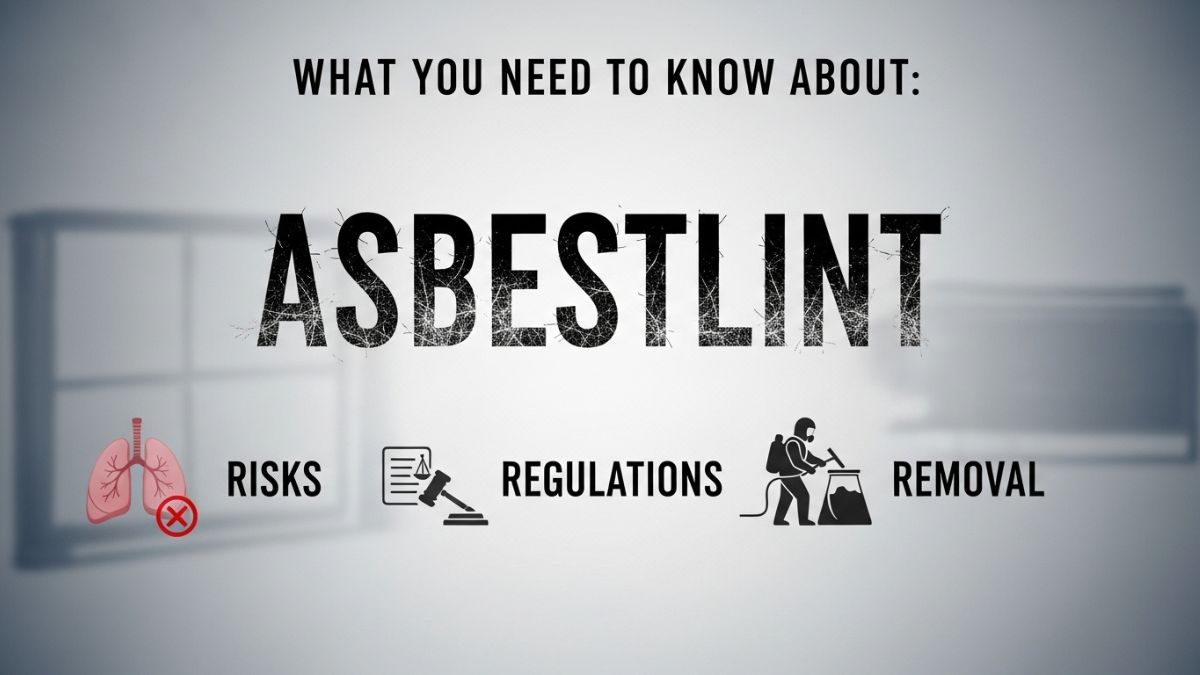A winch is a mechanical device used to pull or lift heavy objects. It consists of a spool or drum around which a cable or rope is wound, and it operates by turning a crank or motor to apply force. Winches are incredibly versatile and find use in various industries and settings, from towing vehicles to lifting heavy materials in construction. In regions like Pakistan, winches are particularly valuable for industries such as construction, transportation, and even in off-road activities in the rugged northern areas.
Types of Winches
Winches come in various types, each suited for specific tasks. Understanding the different types can help you choose the right winch for your needs. Here’s a breakdown of the most common types:
Electric Winches
Electric winches are powered by electricity and are commonly used in vehicles and industrial settings. These winches are often installed on trucks, jeeps, or 4×4 vehicles and are particularly useful for towing and recovery operations. In areas like the mountainous terrains of Swat or Gilgit-Baltistan, electric winches are a must-have for off-road enthusiasts who often find themselves stuck in tricky situations.
Hydraulic Winches
Hydraulic winches are powered by hydraulic systems and are known for their strength and durability. They are often used in heavy-duty applications such as in ships, oil rigs, and construction equipment. Hydraulic winches are more powerful than electric winches and can be used continuously without overheating, making them ideal for long, demanding tasks.
Hand Winches
Hand winches are manually operated and do not require an external power source. These winches are great for small tasks such as pulling boats, lifting small loads, or towing light vehicles. Although they require physical effort, hand winches are affordable, easy to use, and can be employed in places where power sources are not readily available.
Mechanical Drum Winches
Mechanical drum winches are designed for applications that require continuous pulling. They are often used in large construction projects or industrial sites to lift and move heavy materials. These winches are robust and can handle high tension, making them suitable for heavy-duty work.
Common Uses of Winches
Winches are invaluable tools for a wide range of applications. Let’s explore some of the most common uses:
Vehicle Recovery
One of the primary uses of a winch, especially in off-road vehicles, is recovering stuck vehicles. Whether it’s a jeep stuck in mud during a rainy monsoon in the hilly regions of Murree or a car that has gone off-road in the desert terrains of Cholistan, winches play a crucial role in safely pulling the vehicle back to solid ground.
Towing Services
In urban areas like Karachi and Lahore, towing companies rely on winches to tow broken-down or illegally parked vehicles. A winch makes it easier to lift a car onto a tow truck or move it to a safe location without causing damage. The efficiency and strength of a winch make towing a smooth and effective process.
Construction and Lifting Materials
In the construction sector, winches are commonly used to lift and move heavy materials such as steel beams, concrete blocks, and machinery. In large construction projects, particularly in rapidly developing cities like Islamabad and Gwadar, winches are indispensable tools for lifting loads to great heights, especially when cranes cannot access certain areas.
Boating and Marine Applications
Winches are also widely used in marine settings for tasks such as docking boats, pulling them onto trailers, or managing sails. In coastal cities like Karachi and Gwadar, winches are commonly found in shipyards and marinas where they play a vital role in boat maintenance and fishing operations.
Farming and Agriculture
In rural areas of Pakistan, winches find utility in farming and agriculture. Farmers often use them to lift equipment, pull vehicles, or even in irrigation systems. Winches make it easier to handle farm machinery and maintain productivity in agricultural activities, especially during the harvest season when efficiency is key.
Factors to Consider When Choosing a Winch
Choosing the right winch depends on several factors, and understanding these will help you make an informed decision. Here are the main factors to consider:
Load Capacity
The load capacity of a winch is one of the most important factors to consider. You should choose a winch that can handle at least 1.5 times the weight of the object you plan to pull or lift. For example, if you are using a winch to recover a vehicle that weighs 2,000 kg, you would need a winch with a load capacity of at least 3,000 kg to ensure it operates safely and efficiently.
Cable Type
Winches typically use either steel cables or synthetic ropes. Steel cables are durable and resistant to abrasion, making them suitable for rugged conditions. However, they are heavy and can be dangerous if they snap under tension. Synthetic ropes are lighter and safer, but they are more prone to wear and tear. Choose the cable type based on the conditions in which you will be using the winch.
Power Source
The power source is another critical factor. If you need a winch for continuous, heavy-duty work, a hydraulic winch may be the best option. For lighter, intermittent tasks, an electric or hand winch could suffice. Always consider where and how frequently you will be using the winch when selecting the power source.
Speed of Operation
Winches vary in speed, with some models designed for quick, short pulls, while others are better for slow, continuous lifting. If you need to recover a vehicle or lift heavy materials quickly, opt for a faster winch. For precision work, such as positioning a heavy load, a slower winch may be more appropriate.
Safety Tips When Using a Winch
Safety should always be a top priority when operating a winch. Here are some key tips to ensure safe usage:
Inspect the Equipment: Regularly check your winch and cables for signs of wear and tear.
Use Gloves: Always wear heavy-duty gloves when handling steel cables to prevent injuries.
Do Not Overload: Never exceed the weight capacity of your winch, as this can lead to equipment failure.
Stand Clear: Ensure that bystanders stand clear of the winch line when it is under tension, as a snapping cable can cause serious injury.
Conclusion:
Whether you are an off-road enthusiast in Pakistan’s rugged mountains, a construction worker lifting heavy materials, or a farmer pulling machinery, a winch is an indispensable tool. Its versatility, combined with the ability to handle heavy loads efficiently, makes it a must-have in many industries. With proper usage and safety precautions, a winch can significantly improve productivity while reducing physical strain.
FAQs
What is the difference between a hydraulic and electric winch?
Hydraulic winches are more powerful and suited for heavy, continuous tasks, while electric winches are ideal for lighter, intermittent jobs like vehicle recovery.
Can I use a winch to tow a car?
Yes, winches are commonly used in towing services to pull or lift vehicles onto a tow truck.
What kind of cable is best for a winch?
Steel cables are durable but heavy, while synthetic ropes are lighter and safer, though less resistant to abrasion. Your choice depends on the task and conditions.
How do I maintain my winch?
Regularly inspect the winch for wear and tear, lubricate the moving parts, and ensure the cables are in good condition before every use.
Are winches useful in farming?
Yes, winches are commonly used in agriculture to move heavy equipment, vehicles, or even in irrigation setups.











